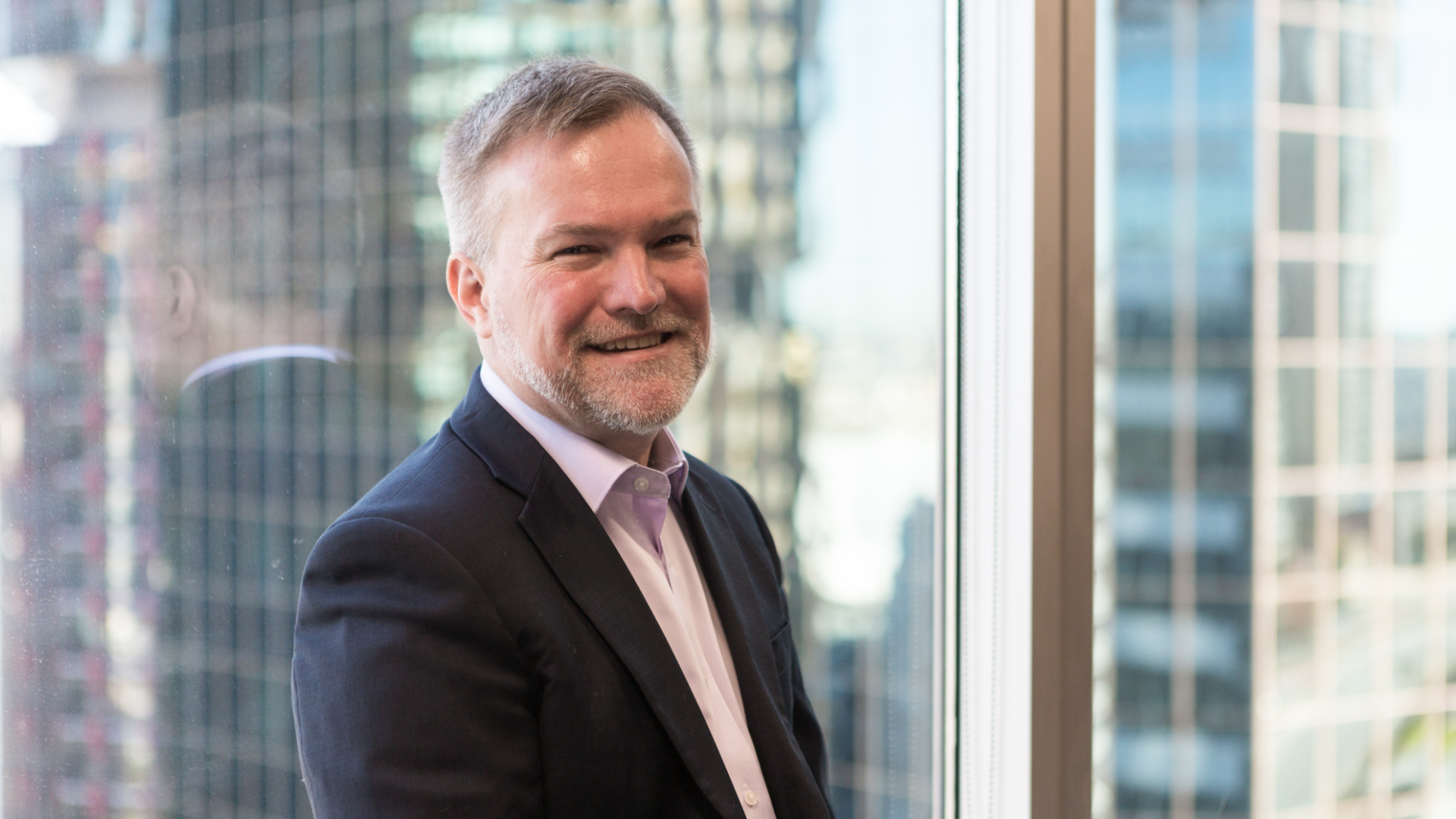Old-fashioned values to the fore in bad times
(Pictured: Kenneth McAtamney)
Kenneth McAtamney thinks that recent trends in investing appear to be veering away from old-fashioned fundamental beliefs and something important is being lost in the process. “What if we just invest in great companies?” he asks.
McAtamney, a partner in and portfolio manager for global manager William Blair & Co, says “better” companies do exist and offer better intrinsic value.
“A trend is, though, that this is not interesting enough. People think they need derivative strategies and shift focus to some sort of financial product investment strategies or passive strategies… We’re seeing this in high-frequency trading strategies, derivative strategies and passive.”
McAtamney, in Australia last week for a Conexus Financial conference, oversees the William Blair ‘Global Leaders’ fund, which is one of three strategies included in the firm’s Australian-domiciled wholesale unit trust which went live last month. The others are ‘Emerging Leaders’ and ‘Dynamic Diversified Allocation’.
William Blair has a “multi-faceted” measurement of quality, which some managers perceive as an investment style in its own right. The manager looks at intrinsic characteristics which indicate a company can generate growth no matter what the conditions.
An example is “a culture of innovation” which will help a company stay viable through bad times and generate returns. Other indicators are a stronger return on invested capital than peers, strong returns on R&D and financial strength.
McAtamney says he doesn’t believe in growth versus value as alternatives: “the difference between them is just their starting points”.
With “quality” the conventional measure tends to be from a company’s creditors’ standpoint, he says. “From our point of view, quality is also about a company’s ability not just to stay in business but to continue to generate growth… quality is a good proxy for economic value creation.”
There are positive correlations with size and also ESG principles with the manager’s processes.
“We don’t think about size but we think about lifecycles for companies,” McAtamney says. “Early stage, usually smaller, companies tend to be more volatile. Also they may have high returns but not necessarily the ability to grow. They may be a one-product company. So we tend to look at the mid-point of the cycle. That’s where we have the biggest overweight.”
For ESG, William Blair uses a third-party information provider, GMI, to score and evaluate every company it researches. While the firm believes this provider is the best in its field, it is still incomplete in small companies and emerging markets. Also, information is easier to pick up on governance issues than on environmental or social issues.
Alex Francois, who became the Australian head for the business last year, says the firm has a consistent platform for ESG, but the principles are probably more important in strategies such as emerging markets than global leaders.










